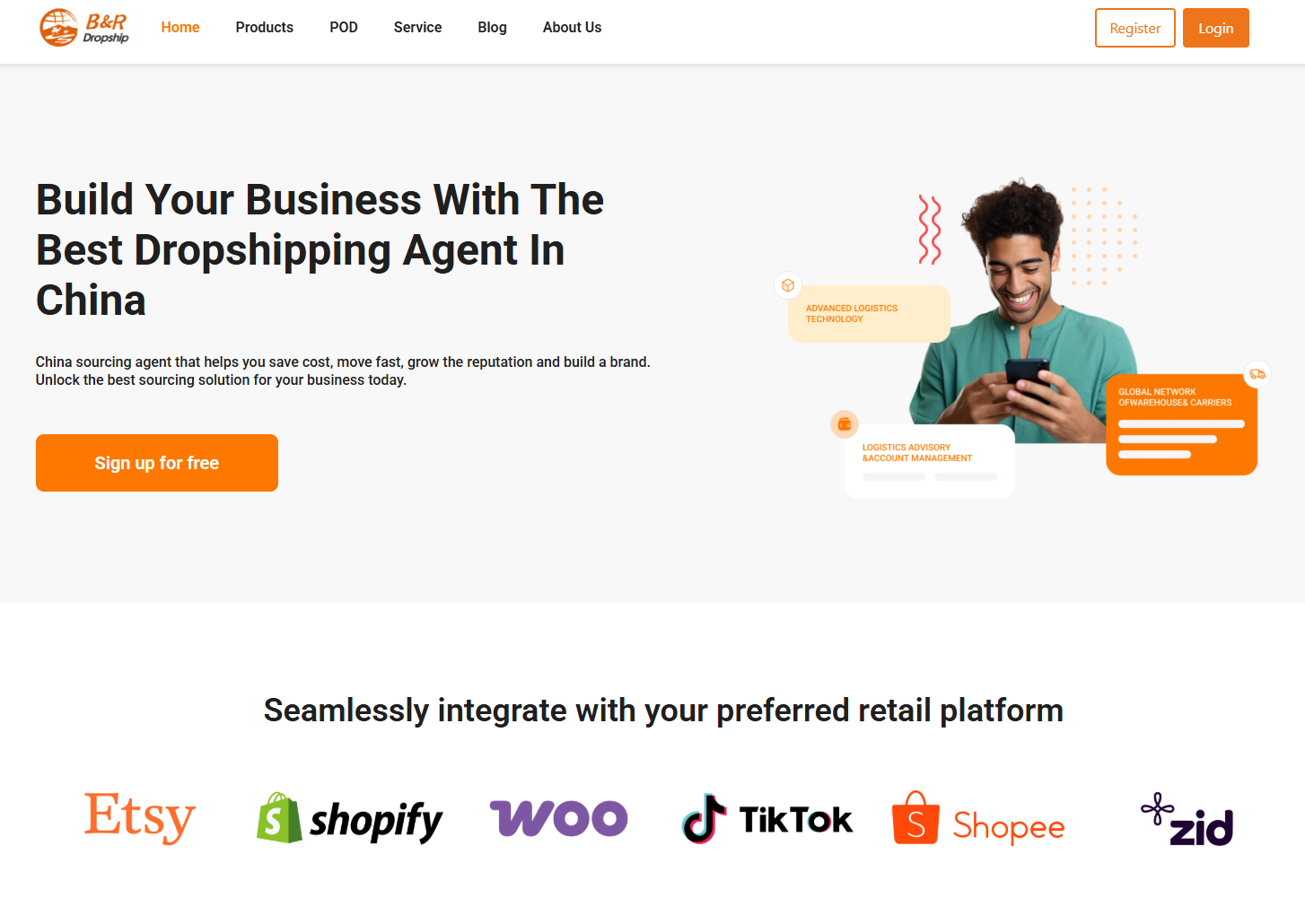Dropshipping is a popular model in the cross-border e-commerce field in recent years, especially attracting novice entrepreneurs and asset-light operators. Its core logic is that sellers display products through self-built websites, and orders are shipped directly to consumers by third-party suppliers, without the need to stock up or manage logistics. However, this model is not perfect. The following is an analysis of its core pros and cons:
1. Core advantages (advantages)
Low-cost start-up and controllable risks
No inventory pressure: No need to prepay for goods and stock up, the initial investment is mainly used for website building, marketing and sample testing (usually <$1000).
Low trial and error cost: Multiple niche markets can be tested quickly, and after failure, only the website needs to be shut down, without the risk of inventory backlog.
Lightweight operation, saving time and effort
Logistics outsourcing: Suppliers are responsible for packaging, delivery and returns (partial support), and sellers can focus on product selection and traffic acquisition.
Global product selection: Can cooperate with global suppliers (such as BRDropship covering Europe, the United States, and South America), and flexibly adjust the target market.
Flexibility and scalability
Quickly launch new products: After discovering trend products, they can be put on the shelves for testing within 1 day.
No scale limit: There is no need to expand the warehousing team as the order volume increases, relying on suppliers for flexible supply.
Low geographical restrictions
Fully remote operation: Only a computer and the Internet are required for operation, suitable for digital nomads and sideline entrepreneurs.
2. Core disadvantages (disadvantages)
Limited profit margins
Uncontrollable costs: Supplier pricing, logistics costs and advertising costs compress profits, and the industry average profit margin is about 15%-30%.
Fierce price wars: Competition from homogeneous products (such as mobile phone cases) leads to lower prices.
Strong supply chain dependence
Supplier risks: If the partner is out of stock, delayed delivery or has unstable quality (such as some merchants on AliExpress), it will directly affect the store rating and repurchase rate.
Inventory synchronization problems: Overselling problems occur frequently, and automated tools need to be relied on to update inventory in real time.
Difficult brand building
Packaging homogeneity: Most suppliers do not support customized packaging (unless large orders), making it difficult to convey brand value.
Customer ownership is unclear: consumers may directly find suppliers to place orders, resulting in user loss.
Logistics and after-sales challenges
Unstable timeliness: International transportation may take up to 15-30 days, and customs clearance risks are high in emerging markets (such as South America).
Complex after-sales: Returns and exchanges require coordination with suppliers, and the processing cycle is long, which is easy to cause bad reviews and chargebacks.
Rising traffic costs
Advertising involution: The cost per click (CPC) of Facebook/Google ads has increased year by year, and independent sites need to continue to optimize ROAS (return on advertising).
High threshold for natural traffic: The SEO content construction cycle is long, and it is difficult for novices to compete with mature brands.
3. Key strategies for balancing pros and cons
Although Dropshipping has shortcomings, the following strategies can maximize profits:
Select regional warehouse suppliers: such as BRDropship‘s fast delivery, shorten the logistics time to 6-8 days, and improve customer experience.
Differentiated product selection: Avoid red ocean categories and focus on functional + emotional value-added products (such as pet souvenirs and environmentally friendly home furnishings).
Bind high-quality suppliers: Sign an exclusive agreement to strive for customized packaging and priority delivery rights (such as after the order volume reaches the target).
Hybrid traffic model: Combine TikTok content seeding with Google search ads to reduce customer acquisition costs.
IV. Suitable groups and cautious groups
Recommended entrants:
✅ Newbies with limited budgets who want to quickly verify the market
✅ Operators who are good at content marketing and data analysis
✅ Differentiated sellers targeting emerging markets (such as Latin America and the Middle East)
Careful groups:
✖️ Speculators who pursue high profits and want to realize them quickly
✖️ Entrepreneurs who cannot bear the 3-6 month loss test period
Summary: The essence of Dropshipping is “resource integration”
It lowers the threshold for e-commerce entrepreneurship, but transfers inventory and logistics risks to the difficulty of supplier management. The key to success lies in using the “light asset model” to quickly try and fail, and then build barriers through supply chain optimization and brand upgrades. If you are willing to accept the early learning curve and continue to iterate product selection and operations, Dropshipping is still a track worth trying.


